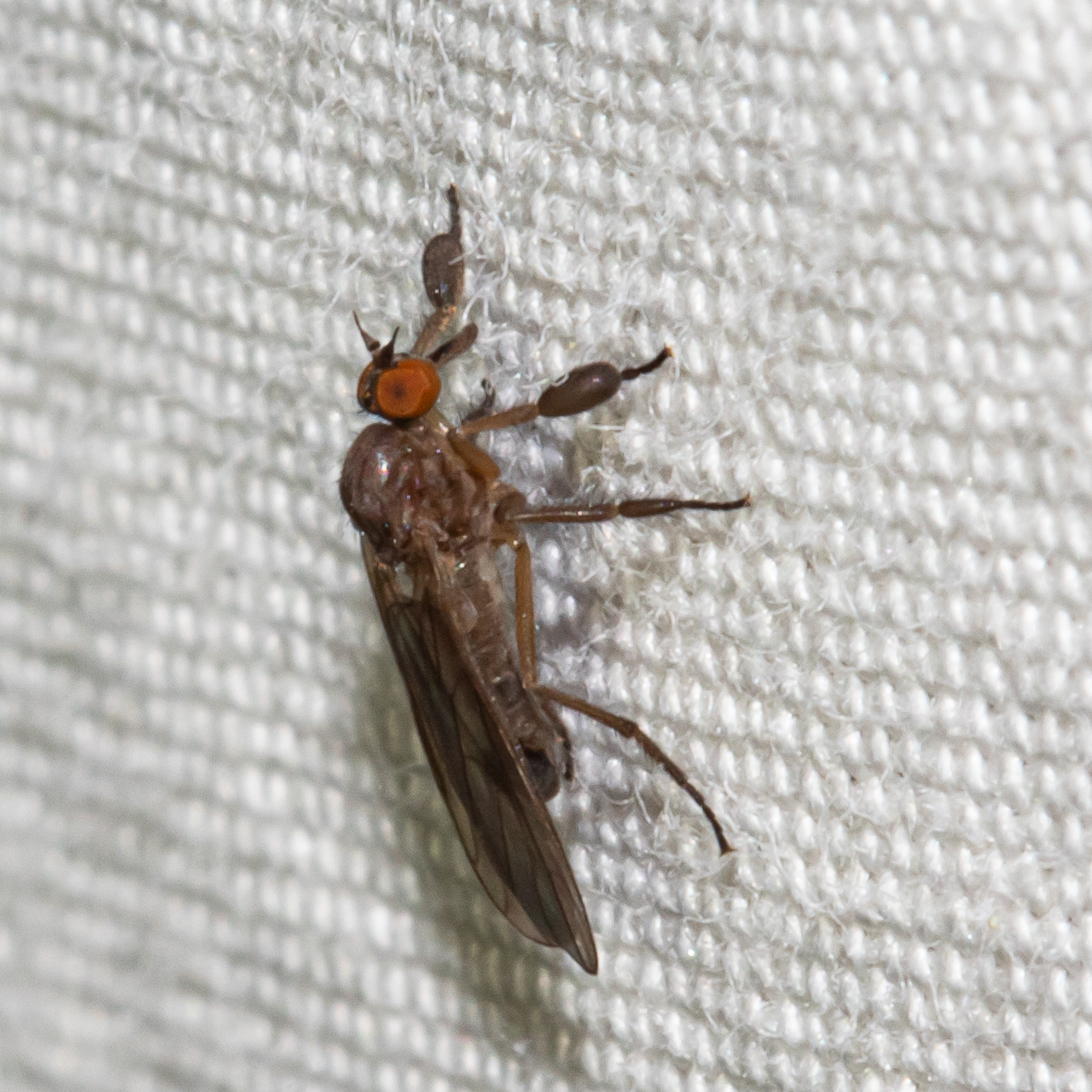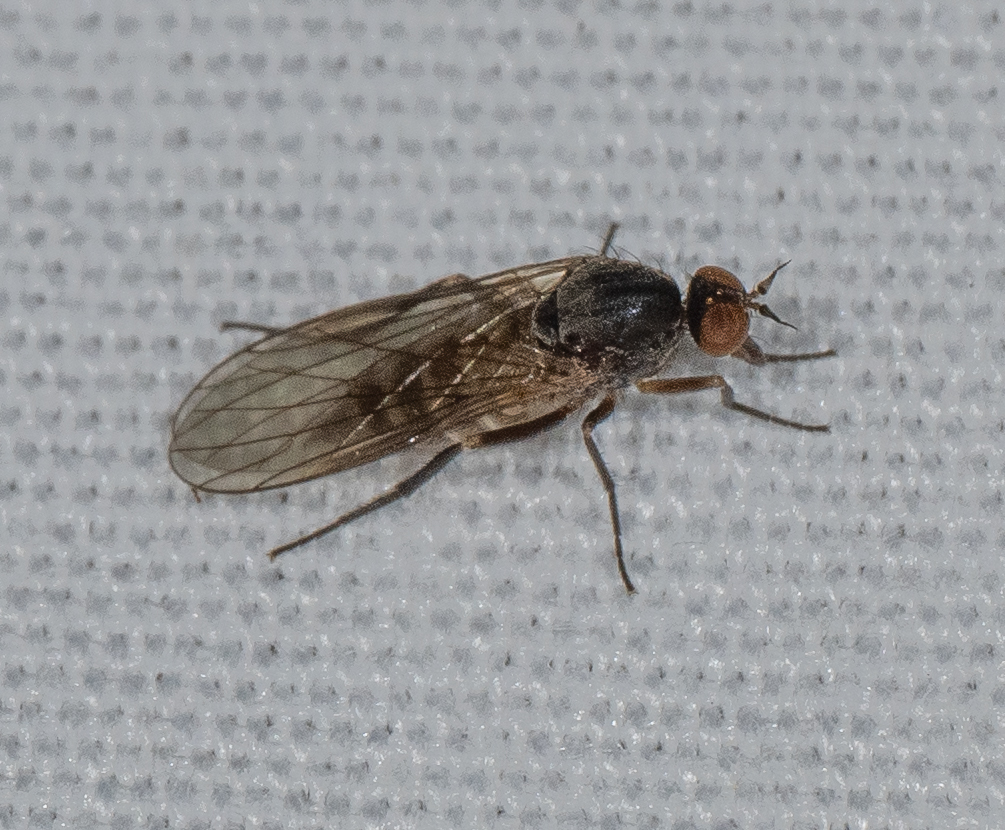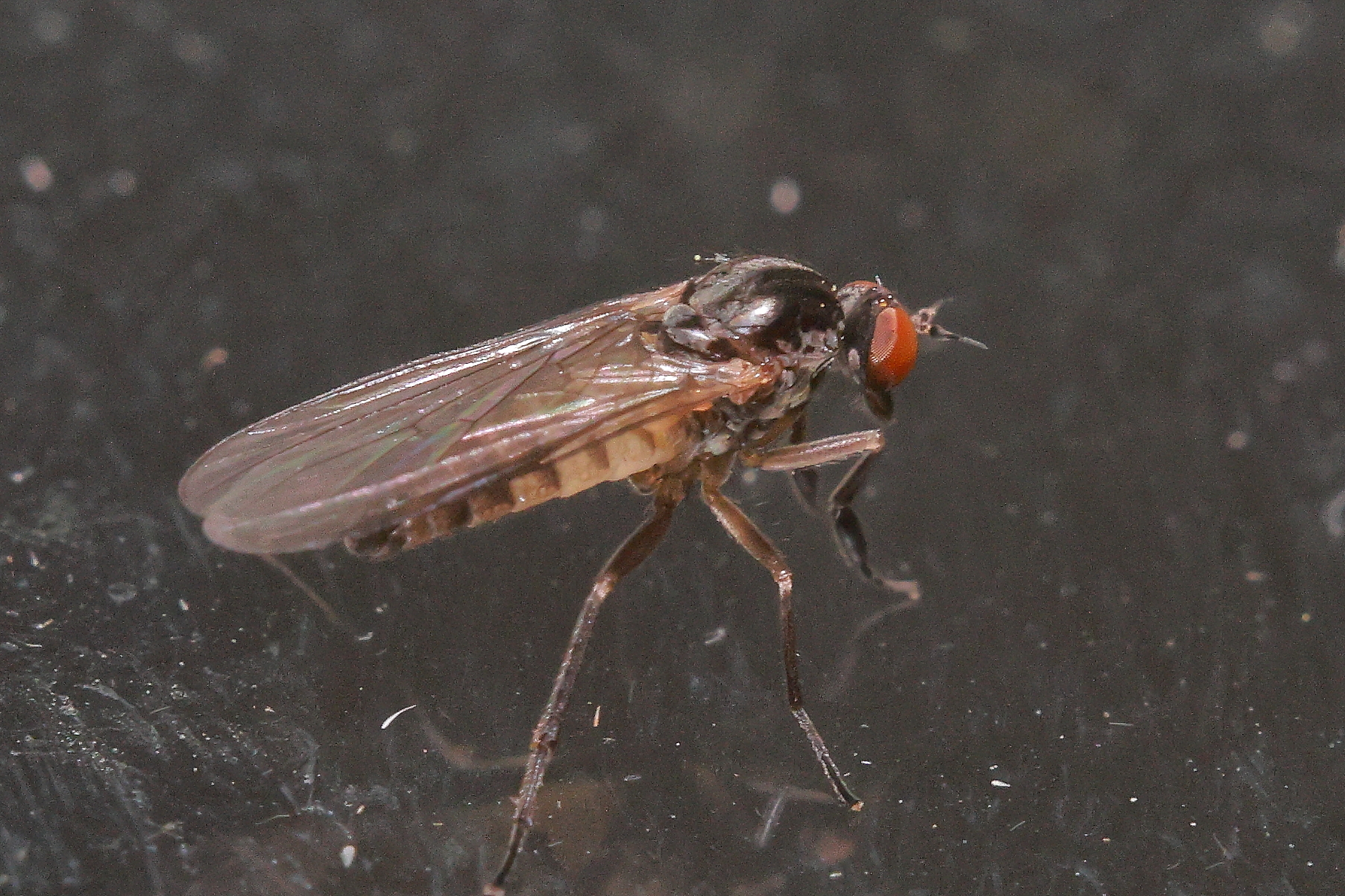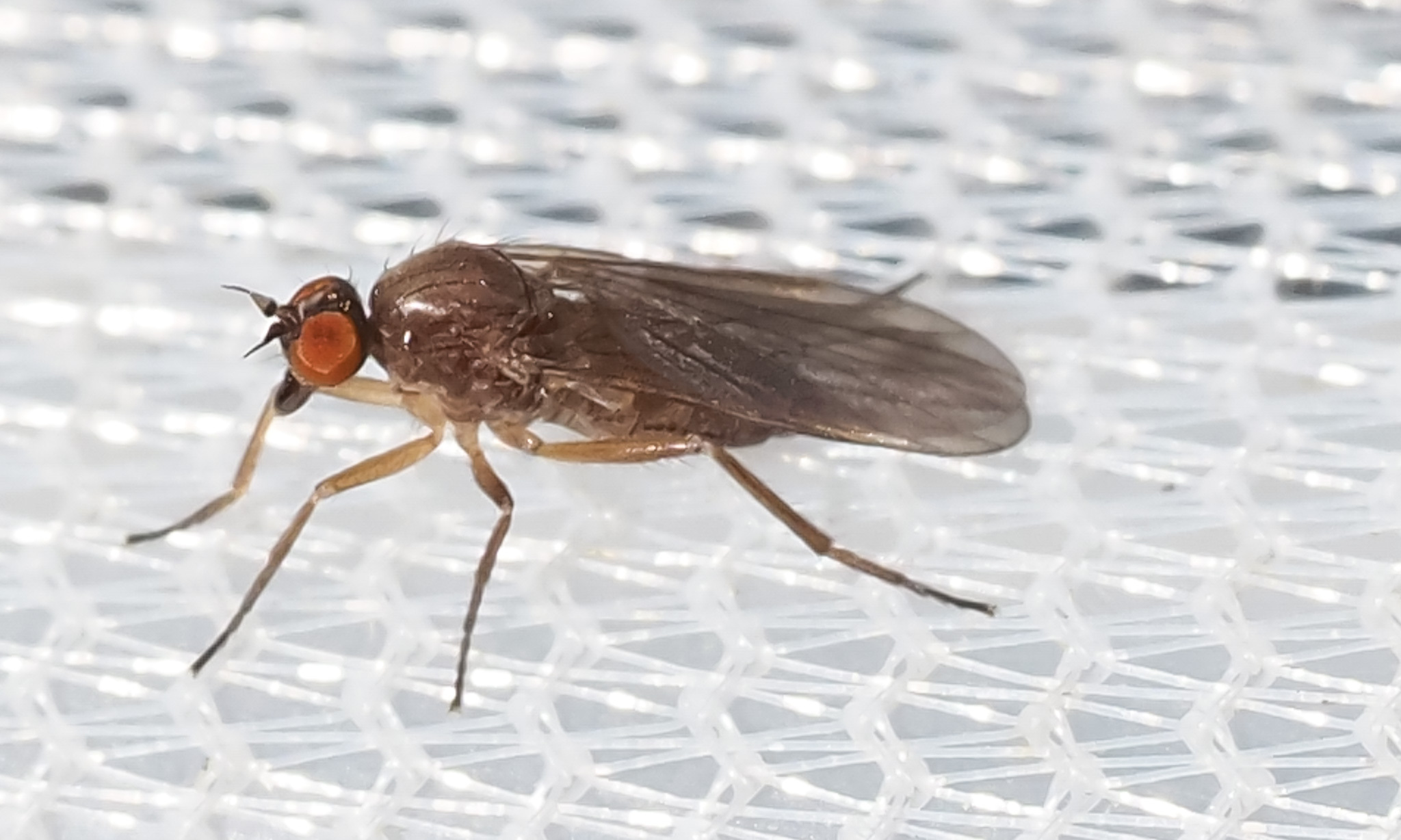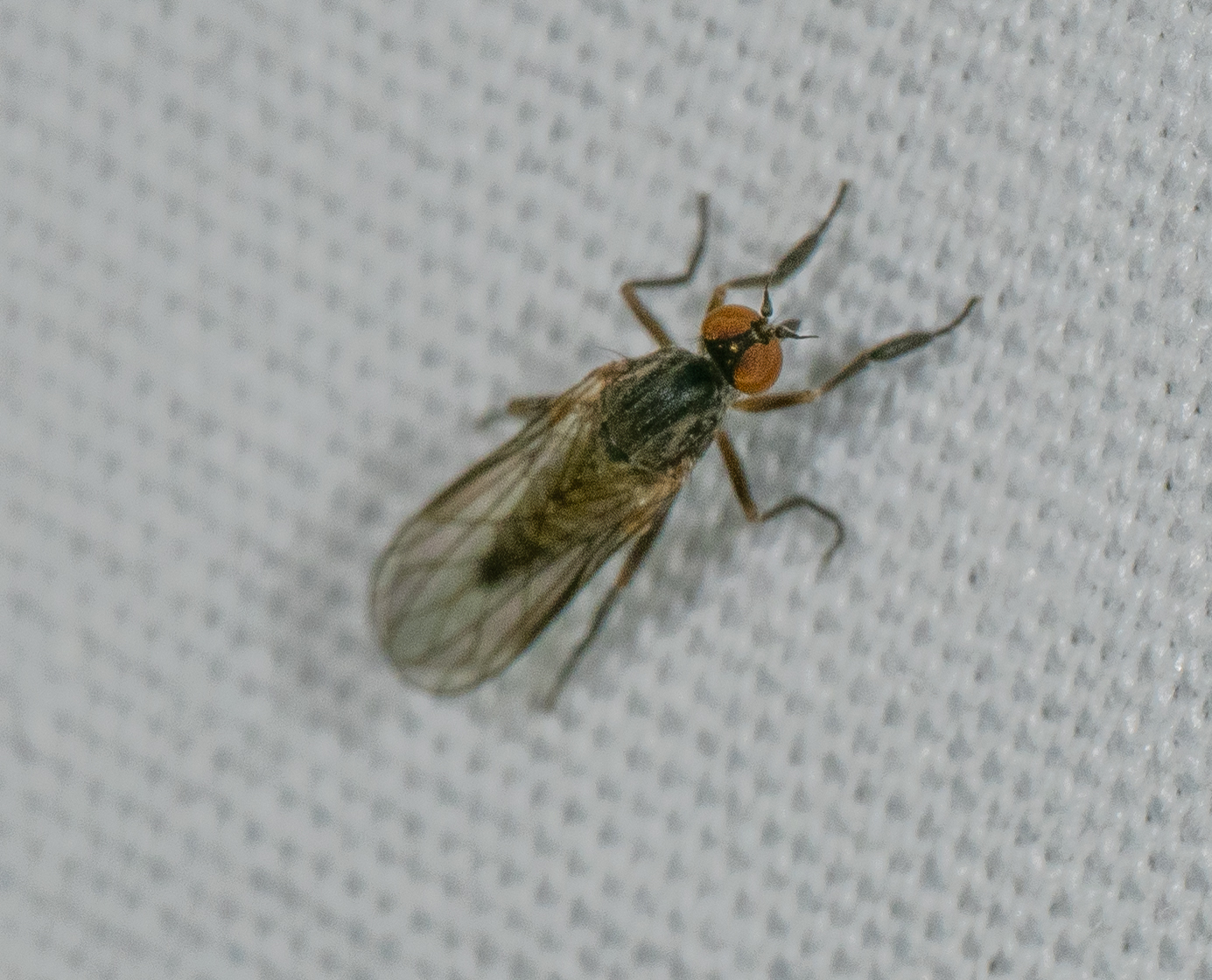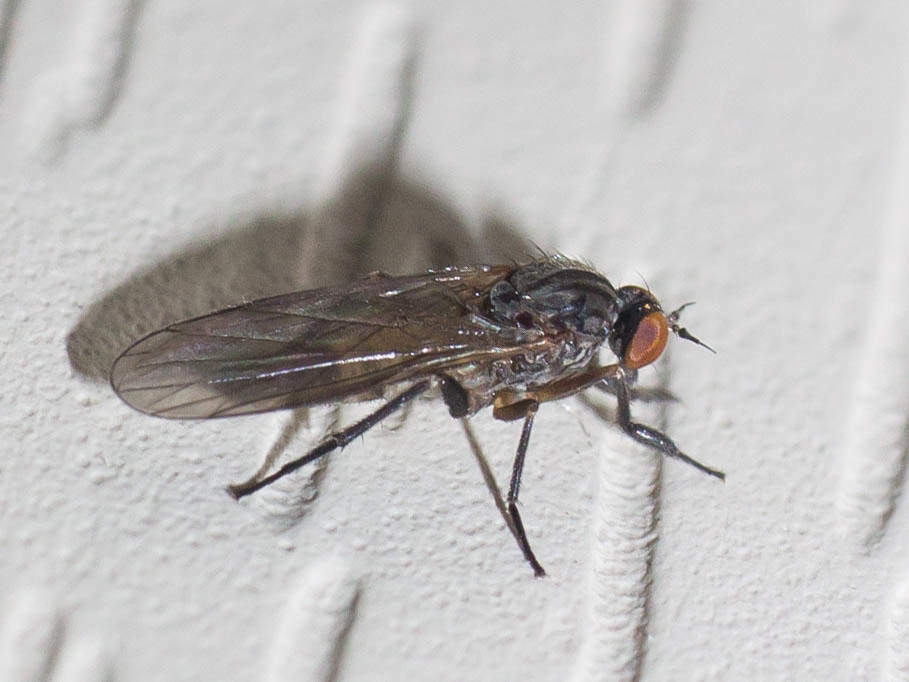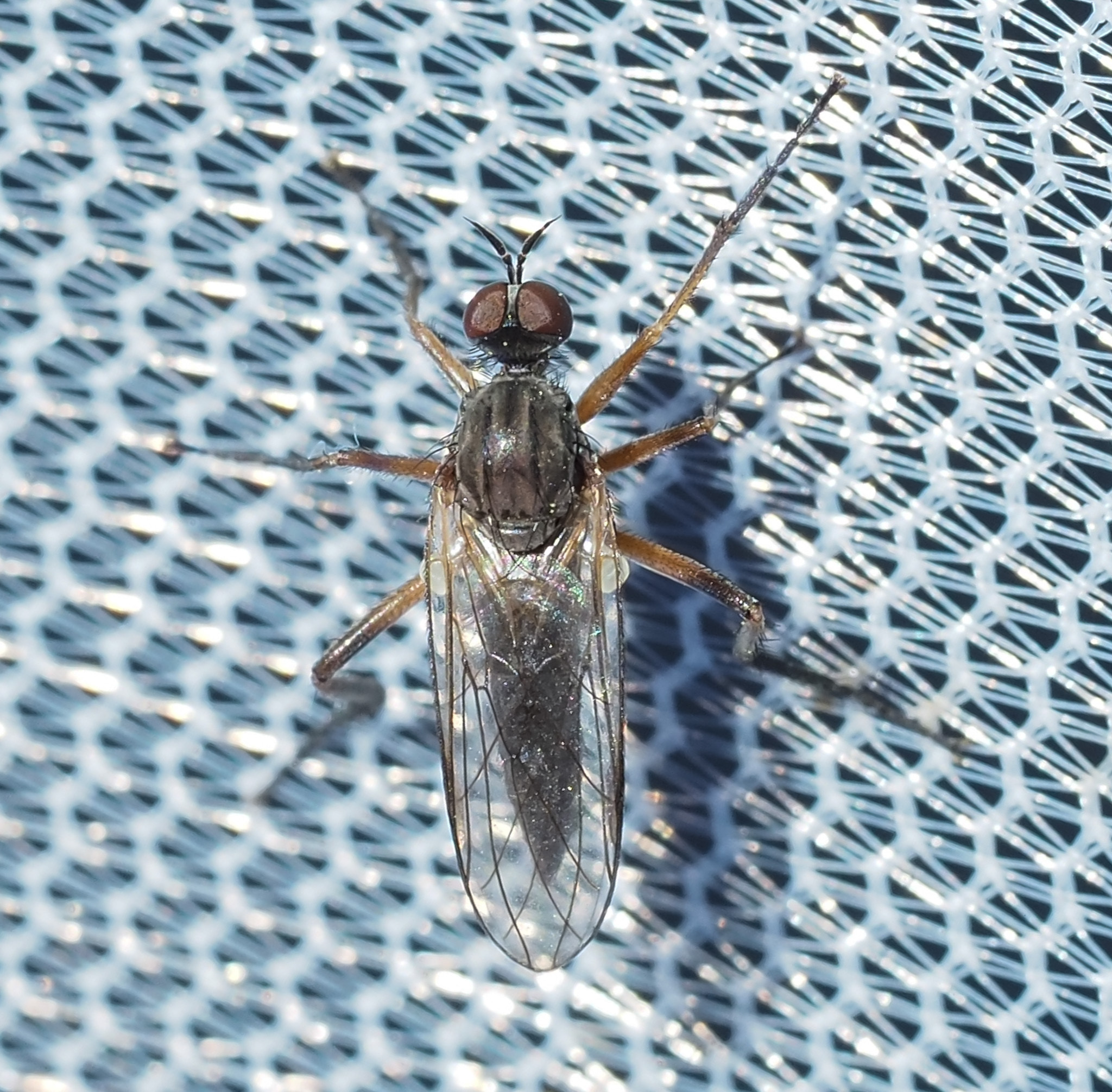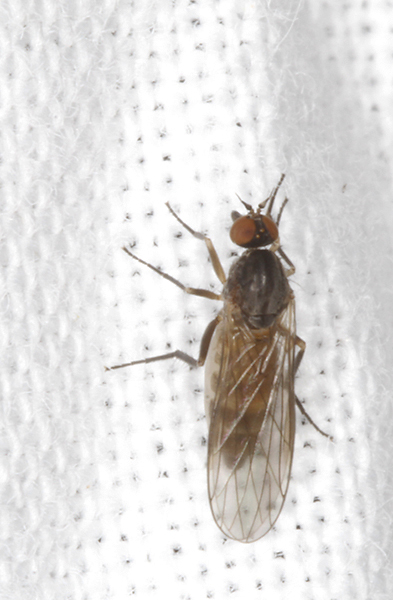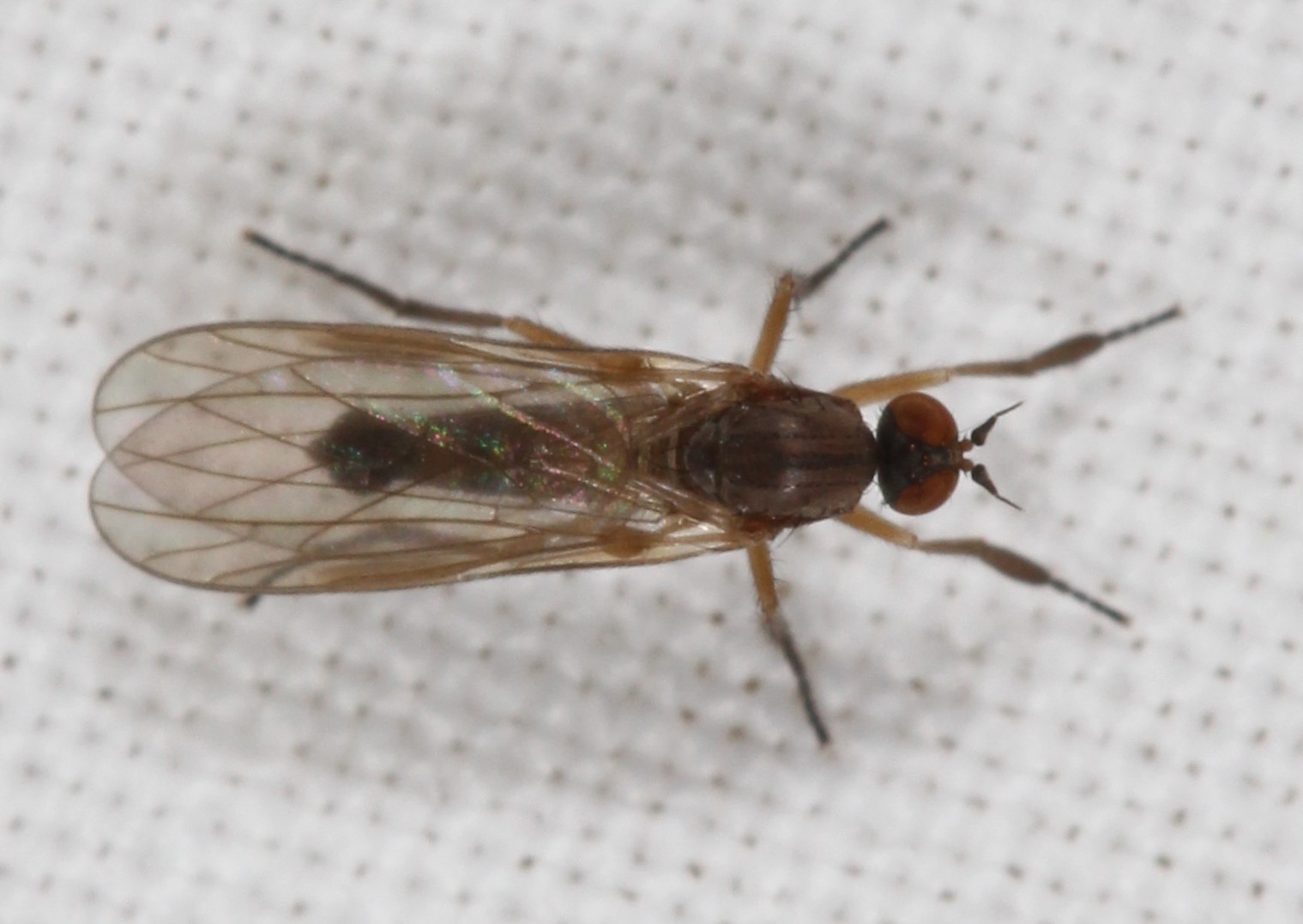Map Snapshot





18 Records
Seasonality Snapshot
Use of media featured on Maryland Biodiversity Project is only permitted with express permission of the photographer.
Hilara species in Anne Arundel Co., Maryland (5/11/2021). (c) Timothy Reichard, all rights reserved.
View Record Details
Media by
Timothy Reichard.
Hilara species in Caroline Co., Maryland (5/31/2024). (c) Jim Moore (Maryland), some rights reserved (CC BY-NC).
View Record Details
Media by
Jim Moore.
Hilara species in Anne Arundel Co., Maryland (5/20/2021). (c) Sergei Drovetski, all rights reserved.
View Record Details
Media by
Sergei Drovetski.
Hilara species in Dorchester Co., Maryland (4/20/2023). (c) Jim Brighton, some rights reserved (CC BY-NC).
View Record Details
Media by
Jim Brighton.
Hilara species in Caroline Co., Maryland (5/31/2024). (c) Jim Moore (Maryland), some rights reserved (CC BY-NC).
View Record Details
Media by
Jim Moore.
Hilara species in Anne Arundel Co., Maryland (Date obscured). (c) Timothy Reichard, all rights reserved.
View Record Details
Media by
Timothy Reichard.
Hilara species in Dorchester Co., Maryland (4/20/2023). (c) Jim Brighton, some rights reserved (CC BY-NC).
View Record Details
Media by
Jim Brighton.
Hilara species in Anne Arundel Co., Maryland (5/14/2017). (c) Bill Hubick, all rights reserved.
View Record Details
Media by
Bill Hubick.
A male Hilara species in Cecil Co., Maryland (5/15/2021). Determined by John F. Carr/BugGuide.
View Record Details
Media by
Dave Webb.
Source: Wikipedia
| Hilara | |
|---|---|

| |
| Hilara interstincta | |
| Scientific classification | |
| Domain: | Eukaryota |
| Kingdom: | Animalia |
| Phylum: | Arthropoda |
| Class: | Insecta |
| Order: | Diptera |
| Family: | Empididae |
| Subfamily: | Empidinae |
| Genus: | Hilara Meigen, 1822 |
| Type species | |
| Empis maura Fabricius, 1776
| |
Hilara is a genus of dance flies, in the fly family Empididae.
Species
[edit]- H. aartseni Chvála, 1997[1]
- H. abdominalis Zetterstedt, 1838
- H. aeronetha Mik, 1892[2]
- H. albanica Engel, 1943[3]
- H. albipennis von Roser, 1840
- H. albitarsis von Roser, 1840
- H. albiventris von Roser, 1840
- H. algecirasensis Strobl, 1899[4]
- H. allogastra Chvála, 2001[5]
- H. almeriensis Strobl, 1906[6]
- H. alpicola Chvála, 2001[5]
- H. andermattensis Strobl, 1892[7]
- H. anglodanica Lundbeck, 1913[8]
- H. angustifrons Strobl, 1892[7]
- H. apta Collin, 1927[9]
- H. arkhyziensis Kustov, Shamshev and Grootaert, 2013[10]
- H. arnaudi Niesiolowski, 1991[11]
- H. barbipes Frey, 1908[12]
- H. beckeri Strobl, 1892[7]
- H. biseta Collin, 1927[9]
- H. bistriata Zetterstedt, 1842
- H. bohemica Straka, 1976[13]
- H. borealis Oldenberg, 1916[14]
- H. brevipilosa Collin, 1966
- H. brevistyla Collin, 1927[9]
- H. brevivittata Macquart, 1827
- H. caerulescens Oldenberg, 1916[14]
- H. calinota Collin, 1969
- H. campinosensis Niesiolowski, 1986
- H. canescens Zetterstedt, 1849
- H. cantabrica Strobl, 1899[4]
- H. caucasica Kustov, Shamshev and Grootaert, 2013[10]
- H. chorica (Fallén, 1816)
- H. cilipes Meigen, 1822
- H. cineracea Niesiolowski, 1986
- H. cinereomicans Strobl, 1892[7]
- H. clavipes (Harris, 1776)
- H. clypeata Meigen, 1822
- H. coracina Oldenberg, 1916[14]
- H. cornicula Loew, 1873
- H. cuneata Loew, 1873
- H. curtisi Collin, 1927[9]
- H. curvipes Siebke, 1864
- H. czernyi Strobl, 1909[15]
- H. dalmatina Strobl, 1898
- H. deltaica Parvu, 1994
- H. deryae Ciftci & Hasenbli, 2011[16]
- H. dimidiata Strobl, 1892[7]
- H. discalis Chvála, 1997[1]
- H. discoidalis Lundbeck, 1910
- H. discolor Strobl, 1892[7]
- H. diversipes Strobl, 1892[7]
- H. empidoides Frey, 1958
- H. escorialensis Strobl, 1909[15]
- H. eviana Straka, 1976[13]
- H. femorella Zetterstedt, 1842
- H. flavidipes Chvála, 1997[1]
- H. flavipes Meigen, 1822
- H. flavitarsis Straka, 1976[13]
- H. flavocoxa Straka, 1976[13]
- H. flavohalterata Strobl, 1898
- H. fulvibarba Strobl, 1899[4]
- H. fuscipes (Fabricius, 1794)
- H. fusitibia Strobl, 1899[4]
- H. galactoptera Strobl, 1910[17]
- H. gallica (Meigen, 1804)
- H. gooti Chvála, 1999[18]
- H. griseifrons Collin, 1927[9]
- H. griseola Zetterstedt, 1838
- H. hasankoci Ciftci & Hasenbli, 2011[16]
- H. helvetica Chvála, 1999[19]
- H. hirta Strobl, 1892[7]
- H. hirtella Collin, 1927[9]
- H. hirtipes Collin, 1927[9]
- H. hudsoni Hutton, 1901[20]
- H. hybrida Collin, 1961[21]
- H. hyposeta Straka, 1967
- H. hystrix Strobl, 1892[7]
- H. implicata Collin, 1927
- H. infuscata Brullé, 1832
- H. intermedia (Fallén, 1816)
- H. interstincta (Fallén, 1816)
- H. joannae Niesiolowski, 1991[11]
- H. lacteipennis Strobl, 1892[7]
- H. lapponica Chvála, 2002
- H. lasiochira Strobl, 1892[7]
- H. lasiopa Strobl, 1892[7]
- H. laureae Becker, 1908
- H. lindbergi Vaillant, 1963
- H. litorea (Fallén, 1816)
- H. longeciliata Strobl, 1906[6]
- H. longesetosa Strobl, 1910[17]
- H. longicornis Strobl, 1894
- H. longivittata Zetterstedt, 1842
- H. lugubris (Zetterstedt, 1819)
- H. lundbecki Frey, 1913
- H. lurida (Fallén, 1816)
- H. macedonica Engel, 1941[22]
- H. macquarti Straka, 1984
- H. magica Mik, 1887
- H. maior Strobl, 1910[17]
- H. manicata Meigen, 1822
- H. marginipennis Strobl, 1909[15]
- H. martini Chvála, 1981
- H. matroniformis Strobl, 1892[7]
- H. maura (Fabricius, 1776)
- H. medeteriformis Collin, 1961[21]
- H. media Collin, 1927[9]
- H. merula Collin, 1927[9]
- H. merzi Chvála, 1999[19]
- H. miriptera Straka, 1976[13]
- H. monedula Collin, 1927[9]
- H. morata Collin, 1927[9]
- H. morenae Strobl, 1899[4]
- H. mroga Niesiolowski, 1986
- H. nadolna Niesiolowski, 1986
- H. nigrina (Fallén, 1816)
- H. nigritarsis Zetterstedt, 1838
- H. nigrocincta Meijere, 1935
- H. nigrohirta Collin, 1927[9]
- H. nitidorella Chvála, 1997[1]
- H. nitidula Zetterstedt, 1838
- H. novakii Mik, 1892[2]
- H. obscura Meigen, 1822
- H. palmarum Strobl, 1906[6]
- H. pectinipes Strobl, 1892[7]
- H. perversa Oldenberg, 1916[14]
- H. pilipes Zetterstedt, 1838
- H. pilosa Zetterstedt, 1842
- H. pilosopectinata Strobl, 1892[7]
- H. platyura Loew, 1873
- H. ponti Chvála, 1982
- H. primula Collin, 1927[9]
- H. pruinosa Wiedemann in Meigen, 1822
- H. psammophytophilia Beschovski, 1973
- H. pseguashae Kustov, Shamshev and Grootaert, 2013[10]
- H. pseudochorica Strobl, 1892[7]
- H. pseudocornicula Strobl, 1909[15]
- H. pseudosartrix Strobl, 1892[7]
- H. pulchripes Frey, 1913
- H. quadriclavata Strobl, 1899[4]
- H. quadrifaria Strobl, 1892[7]
- H. quadrifasciata Chvála, 2002
- H. quadriseta Collin, 1927[9]
- H. quadrula Chvála, 2002
- H. recedens Walker, 1851
- H. regneali Parvu, 1991
- H. rejecta Collin, 1927[9]
- H. sartor Becker, 1888
- H. scrobiculata Loew, 1873[15]
- H. setosa Collin, 1927[9]
- H. simplicipes Strobl, 1892[7]
- H. splendida Straka, 1976[13]
- H. strakai Chvála, 1981
- H. strakaiana Parvu, 1993
- H. sturmii Wiedemann in Meigen, 1822
- H. styriaca Strobl, 1893
- H. submaura Collin, 1927[9]
- H. subpollinosa Collin, 1927[9]
- H. sulcitarsis Strobl, 1892[7]
- H. tanychira Strobl, 1892[7]
- H. tanythrix Frey, 1913
- H. tarsata Siebke, 1864
- H. tatra Niesiolowski, 1991[11]
- H. tenella (Fallén, 1816)
- H. tenuinervis Zetterstedt, 1838
- H. ternovensis Strobl, 1898
- H. tetragramma Loew, 1873
- H. thoracica Macquart, 1827
- H. tiefii Strobl, 1892[7]
- H. treheni Niesiolowski, 1991[11]
- H. trigemina Strobl, 1909[15]
- H. tyrolensis Strobl, 1892[7]
- H. veletica Chvála, 1981
- H. veltmani Chvála, 1999[19]
- H. veneta Collin, 1966
- H. vistula Niesiolowski, 1991[11]
- H. vltavensis Straka, 1976[13]
- H. woodiella Chvála, 1999[18]
- H. zermattensis Chvála, 1999[19]
References
[edit]- ^ a b c d Chvála, Milan (1997). "A revision of the European species of Hilara chorica-complex (Diptera, Empididae), with new synonymy and description of a new species". Studia Dipterologica. 4 (1): 99–113.
- ^ a b Mik, J. (1892). "Zur Kenntniss der Dipterengattung Hilara" (PDF). Wiener Entomologische Zeitung. 11: 78–85. Retrieved 26 May 2019.
- ^ Engel, E. O. (1943). "Gattung Hilara Meigen". Die Fliegen der Paläarktischen Region. 4 (4): 273–281.
- ^ a b c d e f Strobl, Gabriel (1899). "Spanische Dipteren. II. Theil". Wiener Entomologische Zeitung. 18: 12–27. Retrieved 26 May 2019.
- ^ a b Chvála, Milan (2001). "Revision of the Palaearctic species of the Hilara abdominalis-group (Diptera: Empididae)". 45 (3): 199–230.
{{cite journal}}: Cite journal requires|journal=(help) - ^ a b c Strobl, Gabriel (1906). "Spanische Dipteren II". Memorias de la Real Sociedad Española de Historia Natural. 3 (1905): 271–422. Retrieved 25 May 2019.
- ^ a b c d e f g h i j k l m n o p q r s t u v w Strobl, Gabriel (1892). "Die osterreichischen Arten der Gattung Hilara Meig. (Mit Beruckischtigung der Arten Deutschlands und der Schweiz.)". Verhandlungen der Zoologisch-Botanischen Gesellschaft in Österreich. 42: 85–182. Retrieved 26 May 2019.
- ^ Lundbeck, William (1913). "A new species of Hilara - Vidensk". Meddr Dansk Naturh. Foren. 64: 325–327.
- ^ a b c d e f g h i j k l m n o p q r Collin, James Edward (1927). "Notes on the Empididae (Diptera), with additions and corrections to the British list". Entomologist's Monthly Magazine: 93–98.
- ^ a b c Kustov, Semen Yu.; Shamshev, Igor V.; Shamshev, Patrick (2013). "Three new species of the genus Hilara (Diptera, Empididae) from the Northwest Caucasus" (PDF). Proceedings of the Zoological Institute RAS. 317 (2): 185–194. doi:10.31610/trudyzin/2013.317.2.185. S2CID 248766683. Retrieved 26 May 2019.
- ^ a b c d e Niesiolowski, S. (1991). "The new species of the genus Hilara meigen (Diptera: Empididae) from Poland". Acta Universitatis Lodziensis. Folia limnologica. 4: 77–90.
- ^ Frey, R. (1908). "Beiträge zur Kenntnis der Dipteren Fauna Finnlands". Meddn Soc. Fauna Flora Fenn. 33(1907) (67–69).
- ^ a b c d e f g Straka, V. (1976). "Descriptions of new species of the genus Hilara Meigen (Diptera, Empididae)". Annot. Zool.bot. Bratislava.
- ^ a b c d Oldenberg, Lorenz (1916). "Einige neue und alte Hilara-Arten (Dipt.)". Arch. Naturgesch. A. 81 (9): 166–172.
- ^ a b c d e f Strobl, P. Gabriel; Czerny, Leander (1909). "Spanische Dipteren. III". Verhandlungen der Zoologisch-Botanischen Gesellschaft in Österreich. 59 (6): 121–310. Retrieved 26 May 2019.
- ^ a b Ciftci, M.C. & Hasenbli, A. (2011). "Two new species of Hilara (Diptera, Empididae) from northwestern Turkey." Zootaxa 2928: 49-56.
- ^ a b c Strobl, Pater Gabriel (1910). "Die Dipteren von Steiermark. II. Nachtrag". Mitteilungen des Naturwissenschaftlichen Vereines für Steiermark. (1909)46: 45–292. Retrieved 25 May 2019.
- ^ a b Chvála, Milan (1999). "Three new Hilara species (Diptera, Empididae) from north-western Europe". Studia Dipterologica. 6: 135–147.
- ^ a b c d Chvála, Milan (1999). "Classification and phylogeny of the Alpine Hilara andermattensis-group (Diptera: Empididae)". Acta Universitatis Carolinae Biologica. 43: 27–50.
- ^ Hutton, F. W. (1901). "Synopsis of the Diptera Brachyera of New Zealand". Transactions and Proceedings of the New Zealand Institute. 33: 1–95. Retrieved 22 September 2015.
- ^ a b Collin, J.E. (1961). British Flies. VI. Empididae. Cambridge: Cambridge University Press.
- ^ Engel, E. O. (1941). "Gattung Hilara Meigen". Die Fliegen der Paläarktischen Region. 4 (4): 105–272–281.
